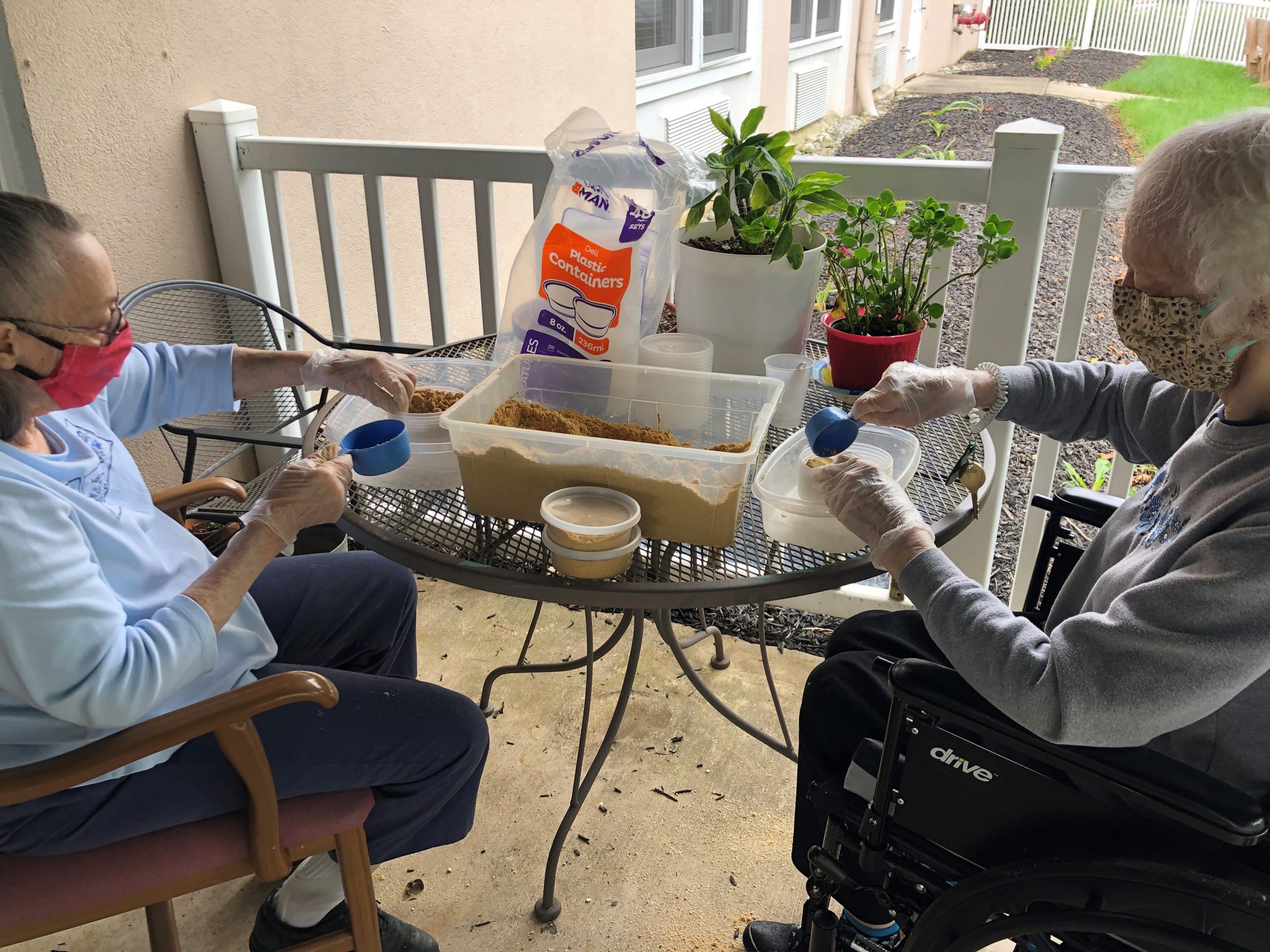The Intersection of Millennial and Active Adult Housing
March 6, 2019
By Meghan Shannon
The housing market is growing at an exponential rate, but that has not convinced all renters to part ways with their landlords. In fact, according to CNBC, only 37 percent of millennials between the ages of 25 and 34 own a home, 8 percentage points lower than previous generations at that age. Not far behind them, however, is a sub-group of active adults in the baby-boom generation, those born between 1945 and 1965. In both cases, residents are drawn toward rental properties for amenities, ease of upkeep and location and accessibility. However, the reasoning behind each factor is vastly different among the two generations.
For millennials, the freedom and flexibility to move after the end of a lease agreement is appealing. Reports by Match.com and eHarmony show that millennials are also getting married and starting families later in life than generations before them, adding to the trend of waiting to plant permanent roots via house hunting and signing mortgages. Active adults, on the other hand, many of whom already have adult children, are looking to downsize or move closer to their kids. The onset of modern, active senior living projects in suburbs—or right in the thick of it all—prove that these two generations have more in common than expected.
Ease of Upkeep
First and foremost, most people are drawn to rent because upkeep, maintenance and logistics are taken care of by a landlord or management company. More often than not, landlords are known to repair broken or malfunctioning utilities, manage landscape upkeep, remove garbage and set protocol for lease agreements. Homeowners, on the other hand, control all of these things on their own, unlike renters, taking on more expenses and carrying more burdens in changing seasons and as their homes need more and more updates. Active-adult, developments that offer services like housekeeping and continental breakfasts are even more attractive. Additionally, some residents may have home care providers come to help them. Facility designed for active seniors should thoughtfully incorporate support spaces for these kinds of services.
Location and Accessibility
Accessibility is another advantage of renting. For millennials, walkability and location—mainly in urban environments—are high priorities when choosing a place of residence. They want to live within walking distance to restaurants, shopping centers and other popular urban destinations. Active-adult projects are also strategically positioned with accessibility and proximity to salons, golf courses and local businesses in mind. Older generations, however, generally have an established social group and community, and they look closer to home as they move away from home ownership.
Amenities
Location and accessibility are important factors in deciding where one will reside, due in most part to the amenities in the area. Millennial residences emphasize amenities outside of the typical living environment to appeal to their lifestyle and expectations. Active adult residences, however, include a wide range of in-house amenities such as exercise rooms, salons and activities rooms for gatherings and banquets.
Future design trends will likely continue to shift to amenities-based residential complexes, drawing inspiration from modern-day urban living projects, as more and more active adults enter the market to rent.
CREDIT: Meghan Shannon is an architect, as well as a LEED and WELL accredited professional, at Lord Aeck Sargent, a Katerra company. She has experience on a variety of architectural projects, including both new construction and renovation projects, as well as sustainability planning and implementation. Meghan served as project manager on Avenida Cool Springs, an active adult community that resembles housing and mixed-use projects geared toward younger generations, but is tailored to an older, active demographic.
